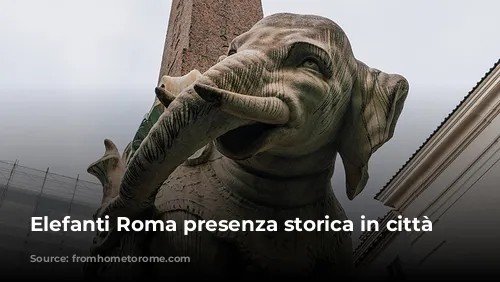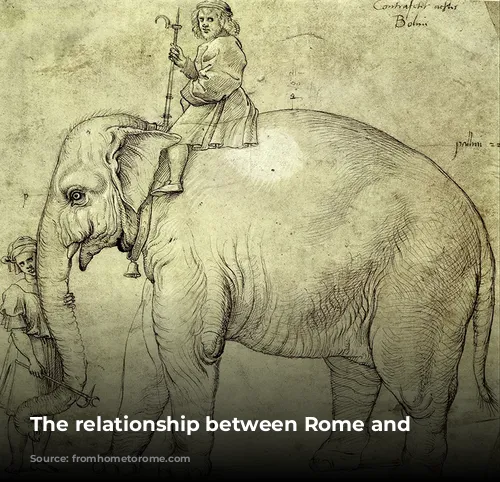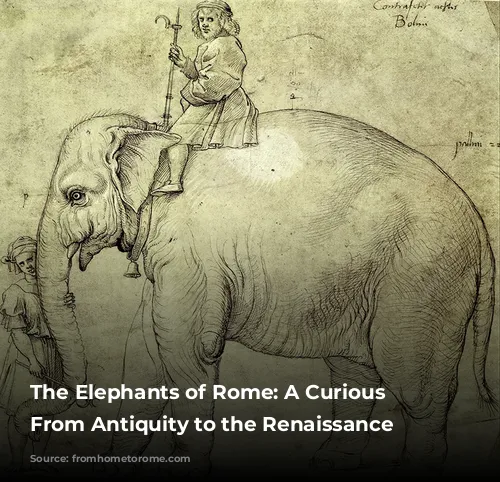Elephants! They’re a sight to behold, whether you see them in the art of the Vatican Museums or carved into majestic obelisks. Rome is filled with these magnificent creatures, and their presence isn’t just a symbolic one. It’s a fascinating part of the city’s history that stretches back centuries.
Ancient Giants Roam the Eternal City
Long before the Roman Empire rose to power, elephants were a familiar sight in the area surrounding Rome’s Seven Hills. This isn’t just a story from ancient texts; it’s a story told by bones! The Casal de’ Pazzi Museum, located just outside the city center, houses evidence of these ancient elephants.
Here, you can see an ancient riverbed and the remains of other animals, including humans. These were not the woolly mammoths of colder climates, but a larger species of elephant adapted to the warmer Roman climate.
Further proof of their presence can be found in the heart of the city. Elephant bones have been unearthed during construction projects like the Via dei Fori Imperiali and the Victor Emmanuel monument. Legend even says that the tusks of one of these elephants were incorporated into the monument, creating a hidden treasure hunt for curious historians and adventurers.
From Laborers to Spectacles: Elephants in Roman Life
Elephants were more than just ancient relics in Rome. They were essential for labor and entertainment. They were used to move heavy materials, and they were the stars of the gladiatorial games held in the city’s many amphitheaters.
Evidence of this can be found under the Colosseum and the Castrense Amphitheater. Elephant bones have been discovered in both arenas, reminding us of the role these magnificent creatures played in Roman life.
The story of Julius Caesar himself is intertwined with elephants. Ancient texts tell of Caesar earning his name (which translates to “little Caesar”) by slaying an elephant in battle. Coins depicting him riding an elephant, a symbol of his power, are scattered throughout the Italian peninsula.
Hanno the Elephant: The Papal Pet and Renaissance Icon
While elephants were a familiar sight in ancient Rome, they reappeared in the Renaissance in the form of Hanno, a gift to Pope Leo X from the King of Portugal.
Hanno was no ordinary elephant. He was an albino, a rarity that captivated the city. The Pope adored his new pet, and Hanno was often paraded through the streets, delighting Romans with his unusual appearance.
Hanno’s legacy lives on in Renaissance art. Famous artists like Raphael, Giulio Romano, and Gian Lorenzo Bernini either depicted Hanno or used his likeness as inspiration for their creations. Today, visitors to Rome can still encounter Hanno’s image on street corners and in palazzi, a reminder of this peculiar chapter in the city’s history.
Go on an Elephant Hunt!
The next time you’re in Rome, keep your eyes peeled for these majestic creatures, whether they’re painted or sculpted. From the ancient elephants that roamed the city’s outskirts to the papal pet that captivated the Renaissance, elephants have left their mark on Rome’s history and continue to enchant visitors to this day. So, go on an elephant hunt! You never know where you might find them next.



